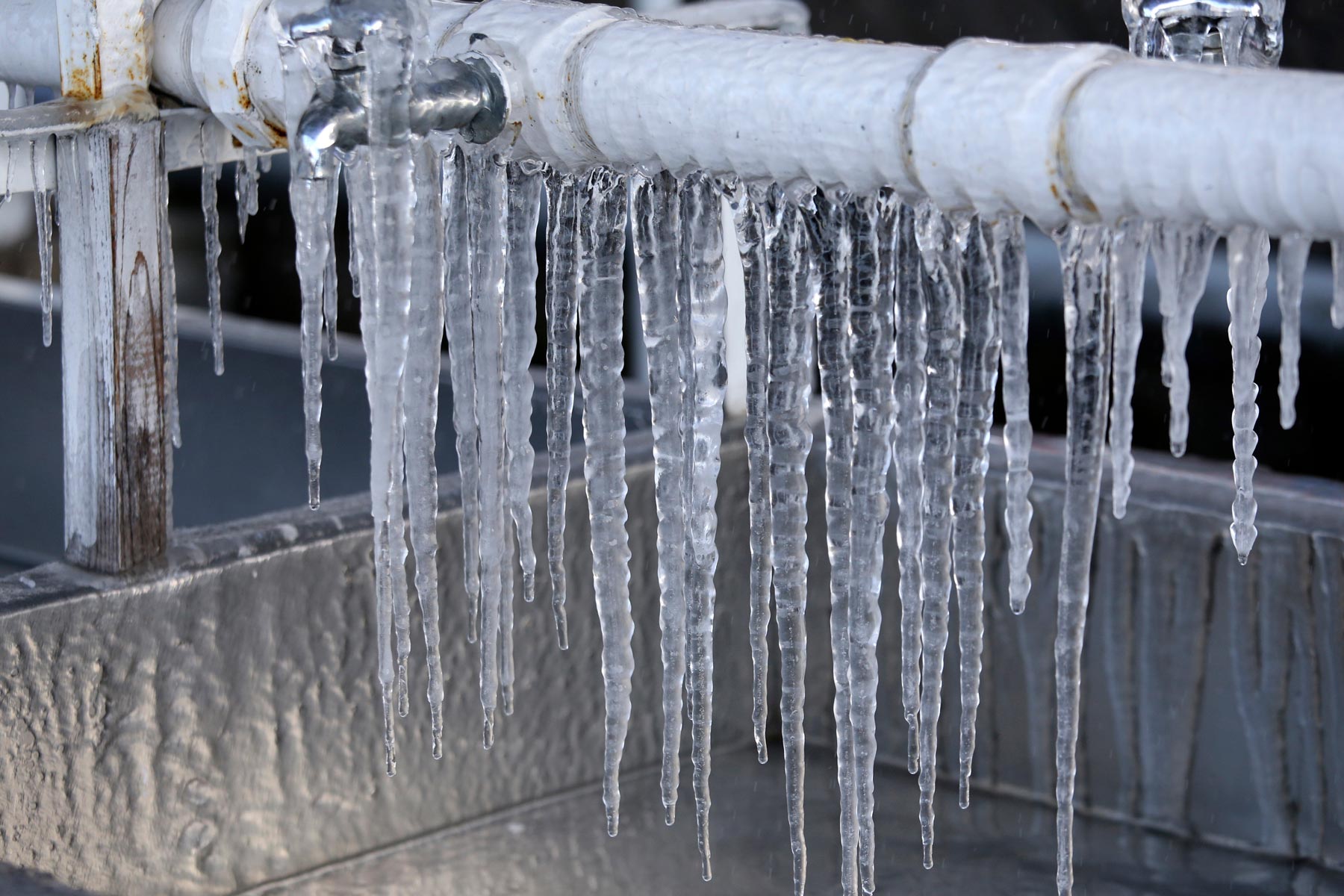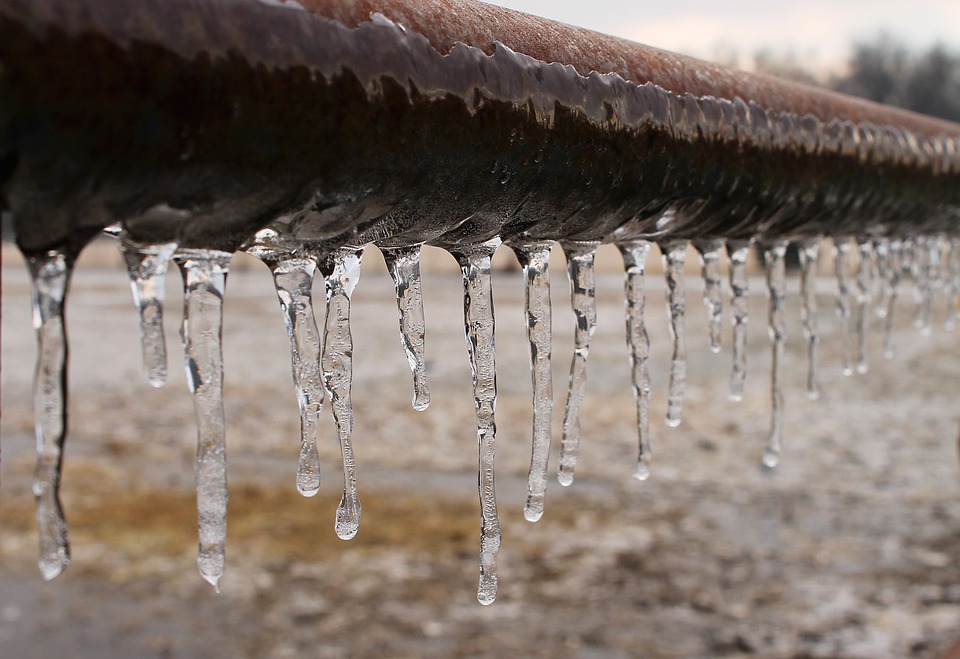Crucial Advice to Avoid Frozen Pipes in Cold Weather
Crucial Advice to Avoid Frozen Pipes in Cold Weather
Blog Article
This article below pertaining to How to Prevent Your Pipes From Freezing is truly enjoyable. You should investigate for yourself.

Winter can wreak havoc on your pipes, particularly by freezing pipelines. Here's just how to prevent it from occurring and what to do if it does.
Introduction
As temperature levels decline, the risk of icy pipelines boosts, possibly leading to expensive repairs and water damage. Comprehending just how to stop frozen pipes is important for home owners in cool climates.
Understanding Frozen Pipes
What causes pipes to freeze?
Pipelines ice up when revealed to temperatures below 32 ° F (0 ° C) for prolonged periods. As water inside the pipelines ices up, it broadens, putting pressure on the pipe wall surfaces and potentially creating them to burst.
Dangers and damages
Frozen pipelines can result in water supply interruptions, home damages, and expensive fixings. Burst pipelines can flood homes and trigger substantial architectural damages.
Signs of Frozen Pipeline
Determining frozen pipelines early can prevent them from bursting.
How to recognize frozen pipes
Search for decreased water flow from taps, uncommon smells or sounds from pipelines, and noticeable frost on revealed pipelines.
Avoidance Tips
Shielding vulnerable pipes
Cover pipelines in insulation sleeves or make use of warm tape to safeguard them from freezing temperatures. Concentrate on pipelines in unheated or exterior locations of the home.
Home heating methods
Keep interior rooms adequately warmed, especially locations with plumbing. Open up cupboard doors to permit warm air to flow around pipes under sinks.
Shielding Outside Pipes
Garden pipes and outdoor taps
Separate and drain yard hoses before winter months. Install frost-proof spigots or cover outdoor faucets with protected caps.
What to Do If Your Pipes Freeze
Immediate activities to take
If you think frozen pipes, maintain faucets open up to alleviate stress as the ice melts. Utilize a hairdryer or towels soaked in warm water to thaw pipelines slowly.
Long-Term Solutions
Structural adjustments
Think about rerouting pipelines far from outside wall surfaces or unheated locations. Include added insulation to attic rooms, cellars, and crawl spaces.
Upgrading insulation
Purchase top quality insulation for pipes, attic rooms, and walls. Proper insulation assists keep constant temperatures and reduces the risk of icy pipelines.
Verdict
Protecting against icy pipelines needs aggressive actions and fast feedbacks. By comprehending the causes, indicators, and safety nets, property owners can protect their pipes during winter.
5 Ways to Prevent Frozen Pipes
Drain Outdoor Faucets and Disconnect Hoses
First, close the shut-off valve that controls the flow of water in the pipe to your outdoor faucet. Then, head outside to disconnect and drain your hose and open the outdoor faucet to allow the water to completely drain out of the line. Turn off the faucet when done. Finally, head back to the shut-off valve and drain the remaining water inside the pipe into a bucket or container. Additionally, if you have a home irrigation system, you should consider hiring an expert to clear the system of water each year.
Insulate Pipes
One of the best and most cost-effective methods for preventing frozen water pipes is to wrap your pipes with insulation. This is especially important for areas in your home that aren’t exposed to heat, such as an attic. We suggest using foam sleeves, which can typically be found at your local hardware store.
Keep Heat Running at 65
Your pipes are located inside your walls, and the temperature there is much colder than the rest of the house. To prevent your pipes from freezing, The Insurance Information Institute suggests that you keep your home heated to at least 65 degrees, even when traveling. You may want to invest in smart devices that can keep an eye on the temperature in your home while you’re away.
Leave Water Dripping
Moving water — even a small trickle — can prevent ice from forming inside your pipes. When freezing temps are imminent, start a drip of water from all faucets that serve exposed pipes. Leaving a few faucets running will also help relieve pressure inside the pipes and help prevent a rupture if the water inside freezes.
Open Cupboard Doors
Warm your kitchen and bathroom pipes by opening cupboards and vanities. You should also leave your interior doors ajar to help warm air circulate evenly throughout your home.

I'm certainly very drawn to Prevent Frozen Pipes and I really hope you enjoyed reading our blog posting. So long as you enjoyed reading our post plz consider to share it. I praise you for your time. Kindly check our blog back soon.
Give Me A Quote! Report this page